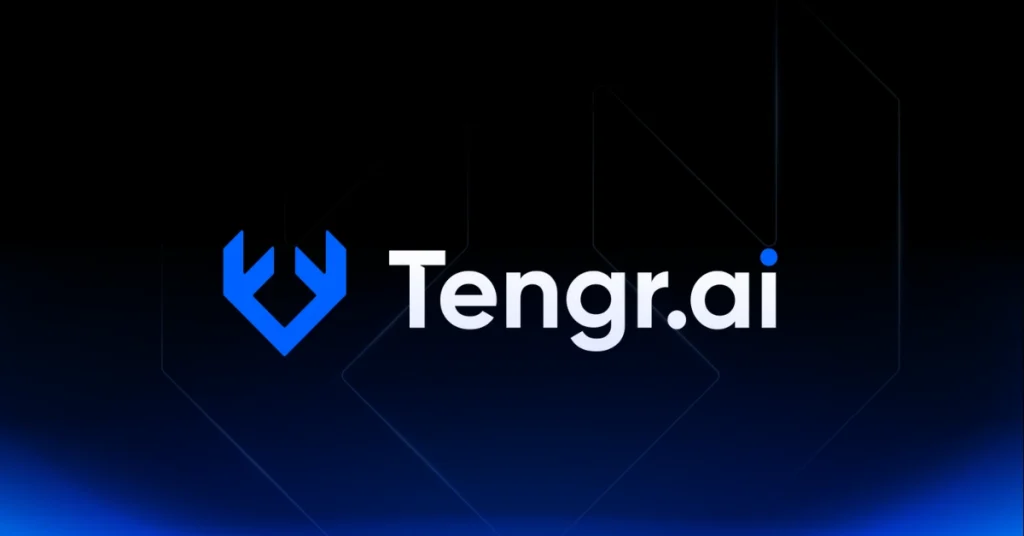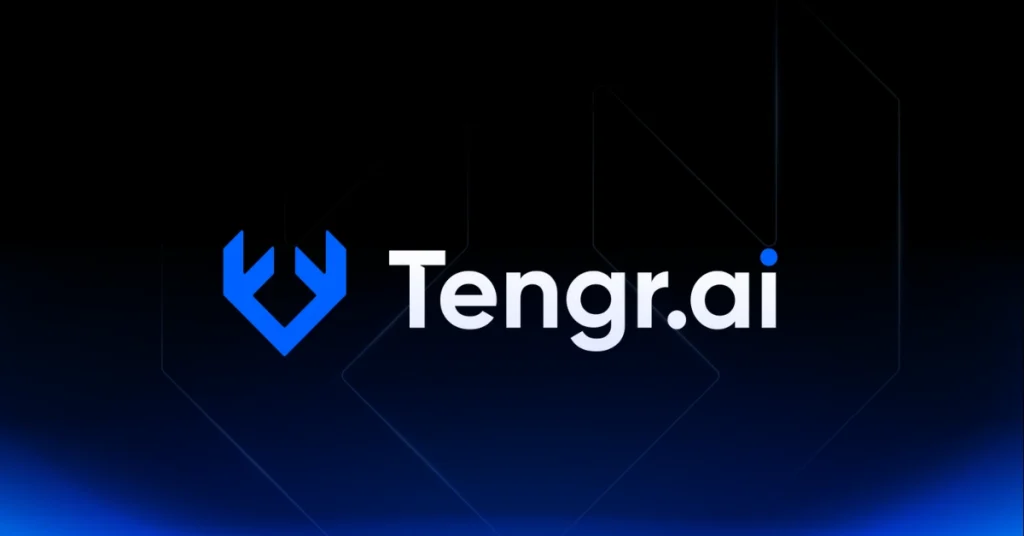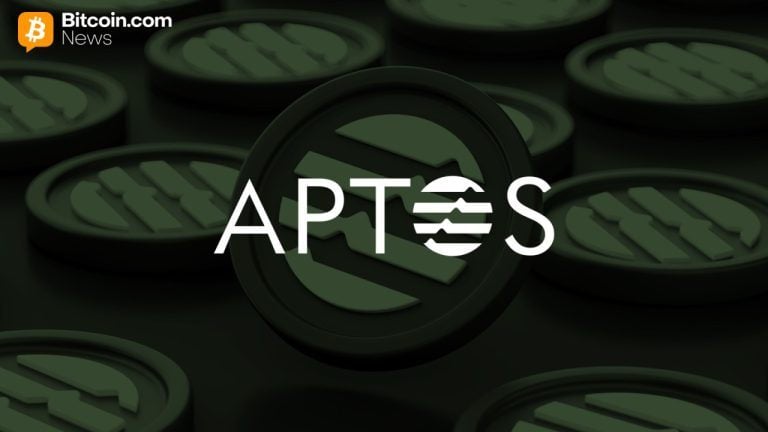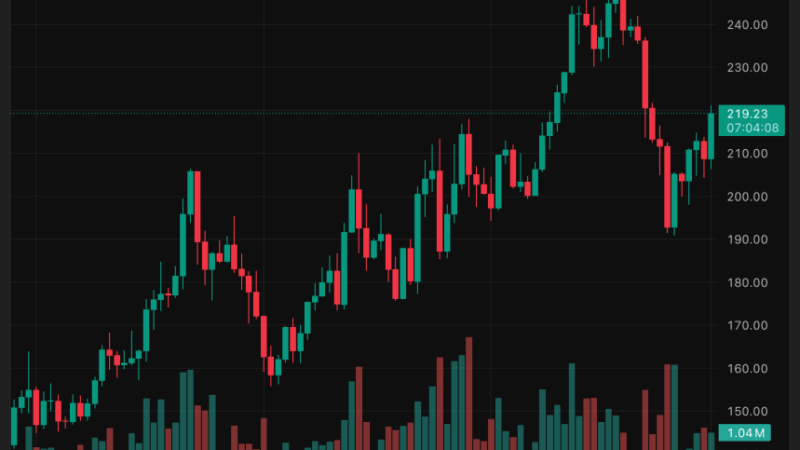Tengr.ai’s ‘Hyperalign’ Model Quietly Solves a Loud Problem in AI Safety


The post Tengr.ai’s ‘Hyperalign’ Model Quietly Solves a Loud Problem in AI Safety appeared first on Coinpedia Fintech News
Why Tengr.ai believes silence is the future of safe, scalable AI alignment
Most mainstream image generators have a familiar response to anything remotely sensitive: block the prompt, display a warning, and hope the user moves on. It’s a pattern anyone experimenting at the edge of these tools will recognize.
At first glance, this appears to be a responsible stance, but the collateral damage is substantial. First, creators sacrifice confidentiality by working inside Discord rooms where every prompt, seed, and reference image gets publicly indexed. That is, of course, unless creators cough up $60/month for Midjourney’s Pro plan and relocate to a private channel.
The refusal text itself serves as a roadmap for attackers, as demonstrated in a 2023 study that found GPT-4 surrendered disallowed instructions 79% of the time when the request was simply translated into a low-resource language.
“Over-blocking the innocent while under-blocking the determined is a policy failure masquerading as diligence,” says Péter W. Szabó, Founder of Tengr.ai. “Even well-meaning filters mangle everyday creativity. Ask for a ‘big black cat in cross-stitch’ and it may be blocked for ‘unsafe language’.”
Meanwhile, determined bad actors iterate until something finally slips through, resulting in frustrated artists, emboldened trolls, and a steadily mounting pile of ‘gotcha’ screenshots that prove the system can be gamed.
Hyperalign: Privacy by Silence
Against this backdrop, a Budapest research team now part of the core team at Tengr.ai, unveiled a proprietary layer that never says no; where every prompt runs but content that would violate law or platform policy gets silently rewritten so the final image stays PG-13.
Would-be jailbreakers receive something banal instead of a refusal, learning nothing about how close they came to the edge. “It’s like picking a lock you can’t see,” Szabó explains. “You think you’re testing the limits, but the limits have already moved.”
Since the layer, dubbed Hyperalign, edits outputs rather than rejecting inputs, innocent phrases survive untouched by censorship barriers. No blunt keyword list, no flood of error pop-ups, no public prompt log waiting to be scraped.
“Safety and usability are usually framed as a trade-off,” Szabó says. “But they actually reinforce each other when you stop treating refusal messages as a feature. Hyperalign treats them as an information leak.”
By making the safety layer invisible, the system breaks the feedback loop that powers most jailbreak research. In a future where every prompt can surface in discovery or e-disclosure, silent alignment beats loud refusal. If the incumbents don’t copy this approach, they will bleed enterprise clients to whichever vendor does — whether that’s the Budapest lab, Tengr.ai, or the next fast-moving clone.
Regulation rewards the quietest model
Europe’s Artificial Intelligence Act, scheduled to bite down in August, authorities fines of up to €35 million or 7% of global turnover for providers that illicit content slip or mishandle user data. The statute’s language is dry, but its commercial impact is thunderclap.
Risk officers are already writing procurement clauses that push liability down the vendor chain. A platform that stores prompts in public logs or advertises its red lines is a walking compliance hazard.
“Hyperalign flips the calculus,” Szabó notes. “No refusal messages to scrape. No prompt logs to leak. The system offers buyers something today’s public-facing giants cannot: privacy and safety that scale together.”
While the approach needs rigorous and independent auditing to prove the magic isn’t slight of hand, the strategic signal is clear and unmistakable. When safety is treated as a user experience problem rather than a censorship checklist, entirely new markets begin to open up.
Generative AI favourites are already measured by viral images and Discord buzz, but tomorrow’s winners will be those that can get signed off by chief risk officers.
Once privacy and alignment become procurement checkboxes, “good enough” fine-tuning is no longer enough. Hyperalign may not be the final answer, but it’s the first credible attempt to fuse robust content safety with user privacy without turning either into collateral damage.
“Institutions, not hobbyists, will drive the next phase of AI,” says Szabó. “And they’ll choose models that can meet the moment, not just technically, but ethically and operationally.”
For Tengr.ai, the bet is simple: in an era defined by compliance, scrutiny, and scale, the most resilient systems will be the quiet ones.
Not because they say less — but because they know what not to say.



